Export Office: 21Floor, No.5 Nanhai Zhi Road,Qingdao, Shandong ,China
Work Shop: Beian Industrial zone, Qingdao,Shandong,China
+86 532 88256399
Martin
Inquiry now
Flanges are parts that join pumps, valves, pipes, and other pieces of machinery to create a pipeline system. Usually fashioned like a disc, its purpose is to improve the bond between various parts of a system. Flanges guarantee the effective transportation of fluids, gasses, or even solids without leaks or breaches by offering a way to join two sections together. In many industrial applications, where preserving the integrity of the system is critical, this technique becomes essential.
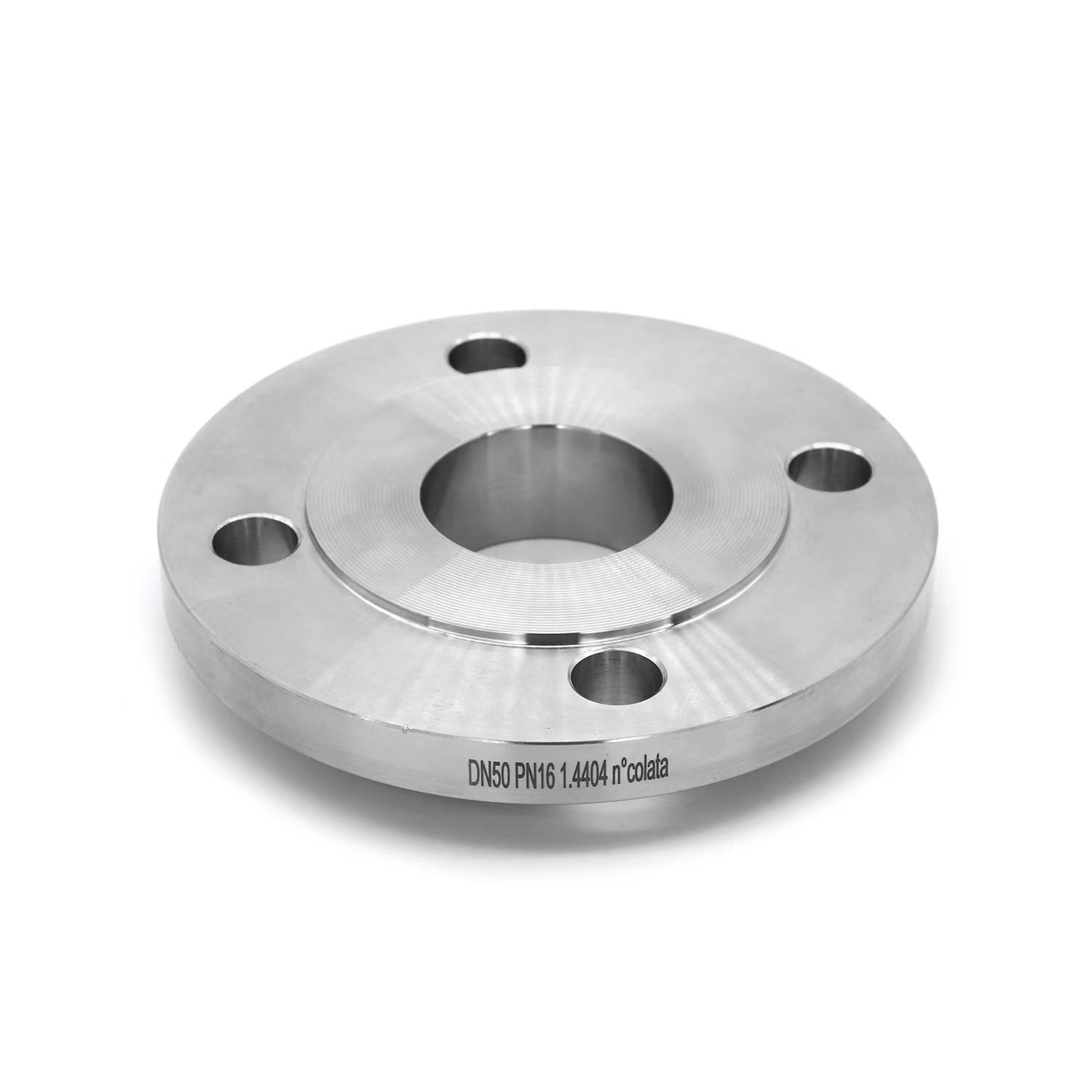
Importance in Different Industries
Flanges play a crucial role in numerous industries, such as oil and gas, petrochemical, power generation, and water treatment. Their adaptability and reliability make them indispensable components for these sectors. Flanges provide secure connections even under high pressure and extreme temperatures. In the petrochemical industry, for instance, flanges are employed to connect pipes that transport crude oil, refined products, and gases. This helps prevent leaks that could endanger the environment or disrupt operations. Their resilience and durability in harsh conditions make flanges a preferred choice for many critical applications.
Flanges are designed as circular disks featuring multiple bolting holes along the perimeter and a central aperture. The central hole is precisely engineered to correspond with the diameter of the connected pipe, ensuring a secure fit and preventing leaks. Flanges are available in three primary configurations: ring-type joints, raised faces, and flat faces; each configuration provides a unique sealing mechanism optimal for specific pressure and temperature conditions. The materials utilized in flange manufacturing—such as carbon steel, stainless steel, and various alloys—are meticulously chosen based on the specific requirements of the application. This selection process ensures both durability and compatibility with the substances being transported.
Serving more than 35 countries and regions for more than 20 years, FLUIDO is a top producer and supplier of steel valves, fittings, and flanges. Apart from producing its own flanges, FLUIDO forged partnerships with Shandong and Hebei industries to offer a comprehensive array of products and comprehensive one-stop sourcing services to its clientele.
Common Types of Flanges
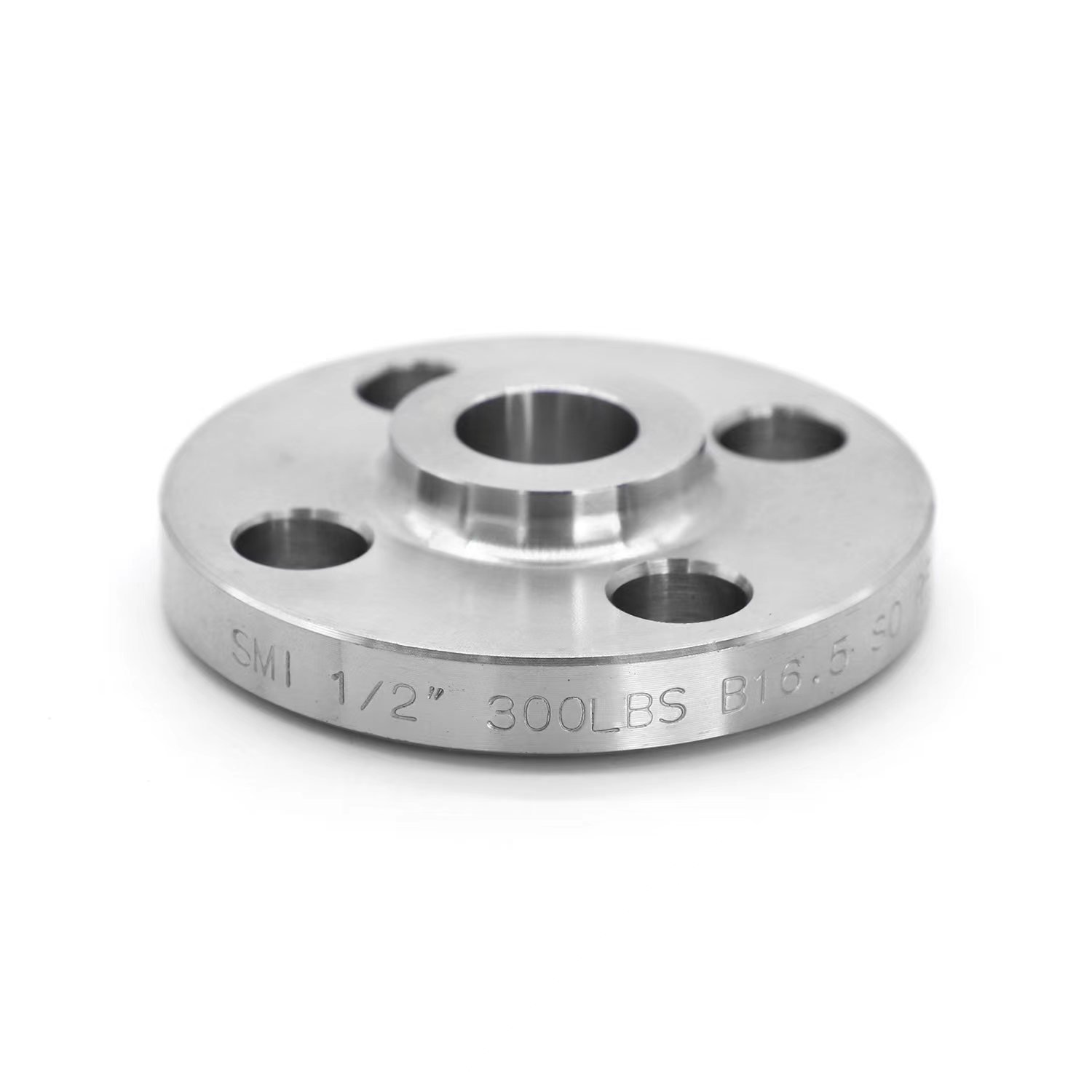
Key Characteristics
Weld neck flanges are designed with an extended, tapered hub to facilitate a seamless transition from the flange's thickness to that of the connecting pipe or fitting. Their engineering ensures uniform stress distribution, making them highly resilient under elevated temperatures and pressures. Typically welded to the pipe, these flanges establish a durable and robust connection capable of enduring extreme conditions. Their strength and ability to withstand significant mechanical stress make weld neck flanges a preferred choice for demanding applications.
Industry Applications
The oil and gas sector is the main use for weld neck flanges, which join pipes that transport hydrocarbons under intense pressure. They are also extensively used in chemical processing facilities, where the movement of caustic materials requires connections that are both dependable and impermeable. Weld neck flanges are also used by power plants to join gas and steam turbines, guaranteeing effective energy transfer. These flanges are also used in the aerospace industry in systems that demand a high degree of precision and dependability.
Features and Benefits
Due to their straightforward design, slip-on flanges are easily positioned over the end of a pipe. Subsequently, they are welded from both the inside and outside to ensure a robust connection. A key advantage of slip-on flanges is their ease of alignment, which facilitates and accelerates the installation process. Additionally, these flanges are highly adaptable, accommodating pipes of various diameters and materials. Furthermore, their relatively low cost renders them an economical choice for diverse applications.
Industrial Use
In applications characterized by lower pressure and less demanding operating conditions, slip-on flanges are commonly employed. These flanges find extensive use in water treatment facilities for connecting pipelines responsible for distributing treated water throughout the facility. Moreover, they play a crucial role in HVAC systems, ensuring secure connections between various sections of ductwork. In the food processing industry, slip-on flanges are used to link pipes transporting liquid and semi-liquid products, thereby facilitating maintenance and upholding hygienic standards.
Specific Traits
Because they don't have a central hole, blind flanges are special and work well for caulking pipe ends. When a pipeline segment needs to be isolated for maintenance or repair or a section needs to be blocked off, these flanges are crucial. Blind flanges can withstand high pressure settings because of their sturdy design. They are usually surrounded by several bolt holes, which, when tightened to the matching flange, guarantee a tight and waterproof seal.
Areas Where They Are Utilized
Blind flanges are critical components utilized across various industries, particularly in the chemical and petrochemical sectors, for isolating pipeline segments during maintenance processes. This isolation effectively prevents the discharge of hazardous materials, ensuring safety and compliance with industry standards. In water treatment facilities, blind flanges serve to segregate system components undergoing repair or those temporarily inactive. Within power plants, they play an essential role by sealing sections of cooling systems or steam lines, thus maintaining both operational efficiency and safety. Renowned for their ability to withstand high pressure while providing a secure seal, blind flanges are indispensable in numerous applications across diverse fields.
Description
The pipe is inserted and welded into place in a socket that is built into socket weld flanges. This ensures a robust connection by producing a smooth bore and a strong weld around the circumference. Because of their easy alignment and assembly design, socket weld flanges are a good choice for smaller pipe sizes where accuracy is crucial. These flanges have a reputation for offering a reliable and leak-proof connection, particularly in systems that experience thermal expansion and shocks.
Usage in Industries
In the high-pressure, small-diameter pipe systems used in chemical and petrochemical industries, socket weld flanges are frequently utilized. They are also widely used in pneumatic and hydraulic systems, where dependable and safe connections are necessary to preserve the integrity of the system. These flanges are also utilized in the manufacturing of machinery and equipment that need sturdy and accurate pipe connections. Their superiority in numerous industrial applications stems from their capacity to endure elevated pressure while offering a reliable seal.
Characteristics
The stub end of a lap joint flange is welded to the pipe, while the backing flange remains loose, enabling free rotation. This unique configuration facilitates easy alignment and disassembly of the piping system. Since the backing flange does not come into contact with the conveyed fluid or gas, corrosion resistance is unnecessary for its construction. Consequently, this can lead to cost savings while preserving reliability and safety standards. The ease of disassembly and reinstallation makes lap joint flanges particularly advantageous in systems requiring regular inspection or maintenance.
Applications
Lap joint flanges are commonly employed in pipelines that necessitate frequent disassembly for maintenance, cleaning, and inspection purposes. These flanges find extensive use in low-pressure environments such as food processing plants and water treatment facilities. Due to their straightforward alignment capabilities, they are suitable for systems experiencing significant movement or alignment challenges. Additionally, lap joint flanges prove valuable in chemical industries where internal pipeline maintenance is critical by offering rapid access with minimal downtime requirements.
Features
Threaded flanges, also known as screwed flanges, feature internal threading that enables them to be easily affixed onto a pipe with matching external threads. This design simplifies the installation process by eliminating the need for welding. Threaded flanges are particularly advantageous in environments where welding is impractical, such as highly combustible areas. These flanges offer additional benefits of easy removal and reinstallation, providing both convenience and versatility. Nevertheless, due to the inherent limitations of threading, their use is generally confined to low-pressure and low-temperature applications.
Applications
In businesses where welding is prohibited, particularly in explosive settings like gas plants and oil storage facilities, threaded flanges are commonly utilized. They are frequently used to join pipes in residential water systems in plumbing applications. These flanges are also utilized in sectors of the economy that deal with compressed air systems, which have relatively modest pressure levels. In less demanding situations, their ability to offer a secure connection without requiring welding makes them a perfect option for either temporary or permanent installations.
Backing Rings(Flanges) For HDPE Pipe
Backing Flange is usually used together with stub end connection, and is used for low-pressure iron or steel pipes such as HDPE or irrigation and drainage. The material is carbon steel Q235 or stainless steel SS304, 316. The dimensions and drawings can be downloaded from the Qingdao Fluido website.
Long Weld Neck Flange is abbreviated as "LWN flange", the pressure range is from CLASS 150-2500, and the dimension drawing can be downloaded from fluido website.
Unique Characteristics
The extended neck or hub of long weld neck flanges gradually tapers down to the pipe. By adding reinforcement, this expanded profile aids in lowering the concentration of stress at the flange's base. These flanges are usually utilized in high-pressure situations when the connection's strength and integrity are crucial. Better flow characteristics and smoother transitions within the pipe system are also made possible by the long neck design.
Uses in Specialized Situations
Long weld neck flanges are extensively employed in environments subject to high pressure and temperature, such as refineries, chemical plants, and power generation facilities. These components are integral where substantial strength is essential to endure considerable mechanical loads and thermal stresses. Additionally, they find applications in cryogenic systems that demand materials and designs capable of withstanding thermal expansion and contraction at low temperatures without compromising system integrity.
Specialty Flanges
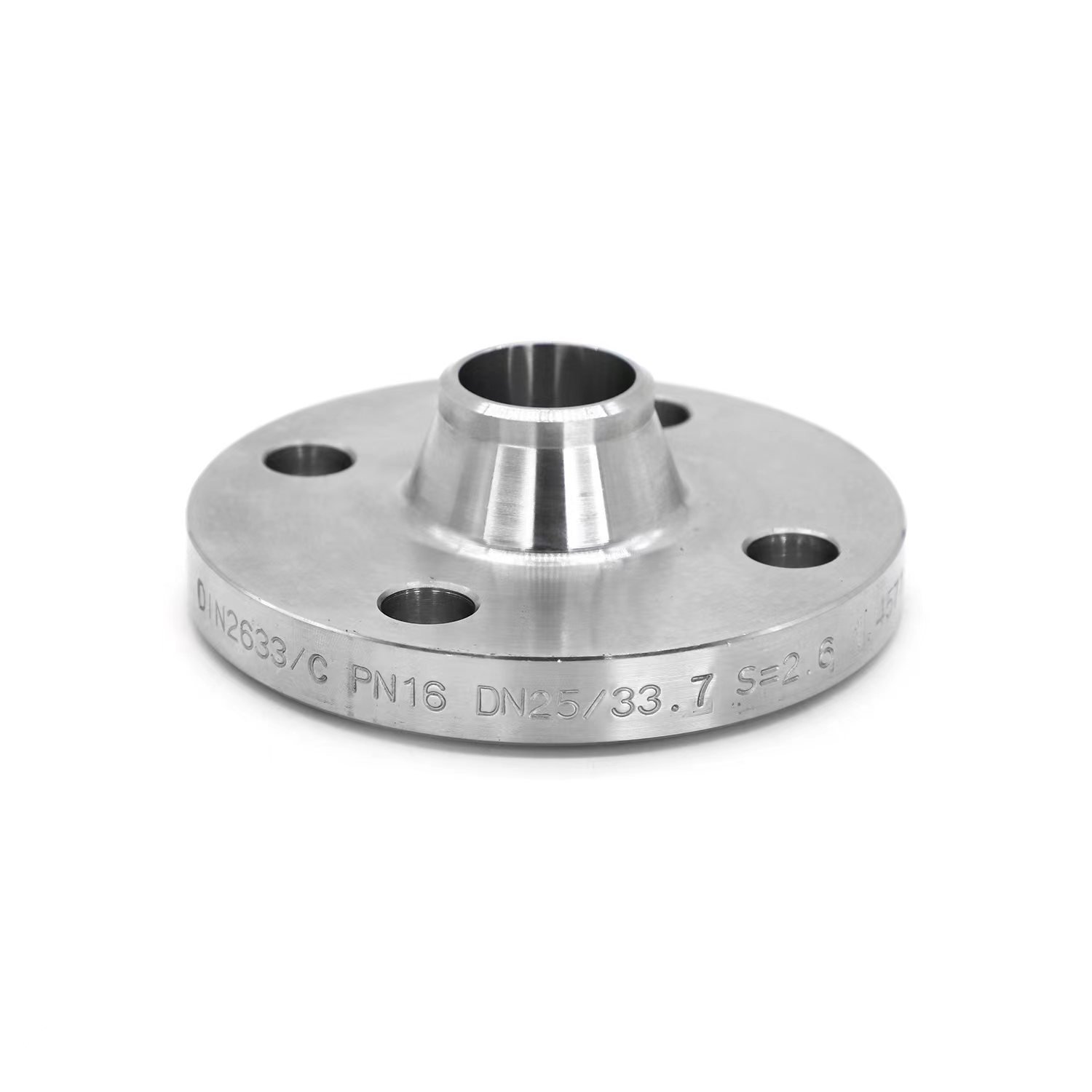
Expander Flanges
Distinguishing Features
Expander flanges eliminate the need for a separate reducer fitting by enabling pipe sizes to be increased two levels above the nominal pipe size. One side of them has a bigger diameter, and the other side progressively tapers to the diameter of a typical pipe. By facilitating a seamless transition between various pipe sizes, expander flanges let the system operate with less turbulence and possible pressure drops. They provide cost and space efficiency when it comes to making size transitions without the need for further welding or fittings.
Specific Use Cases
When a pipeline's diameter needs to be extended to handle additional throughput or to connect to a larger system, expander flanges are frequently utilized. They are typical in sectors where pipeline modifications are required to satisfy higher flow needs, such as oil and gas, chemical processing, and water treatment. Furthermore, expander flanges are utilized in HVAC systems to seamlessly join ductwork of varying diameters, guaranteeing effective airflow and reduced pressure loss.
What Sets Them Apart?
Pipeline flow monitoring systems utilize orifice plates, secured by specifically designed orifice flanges. These flanges facilitate precise monitoring of gas or liquid flow rates and feature drilled holes for meter connections. Engineered to provide a robust and airtight seal around the orifice plate, these flanges are typically used alongside orifice meters. Their accuracy in measuring flow rates renders them essential in numerous industrial applications.
Typical Industrial Applications
In industries where precise flow monitoring is essential for process control and optimization, orifice flanges are widely employed. This includes the chemical industry, where reactant and product flows are monitored, and the oil and gas sector, where hydrocarbon flow rates are measured. They are also used to measure and control the flow of water throughout the plant in water treatment facilities. For these sectors to remain safe and efficient, orifice flanges' accurate flow measurements are crucial.
Choosing the Right Flange for Your Needs
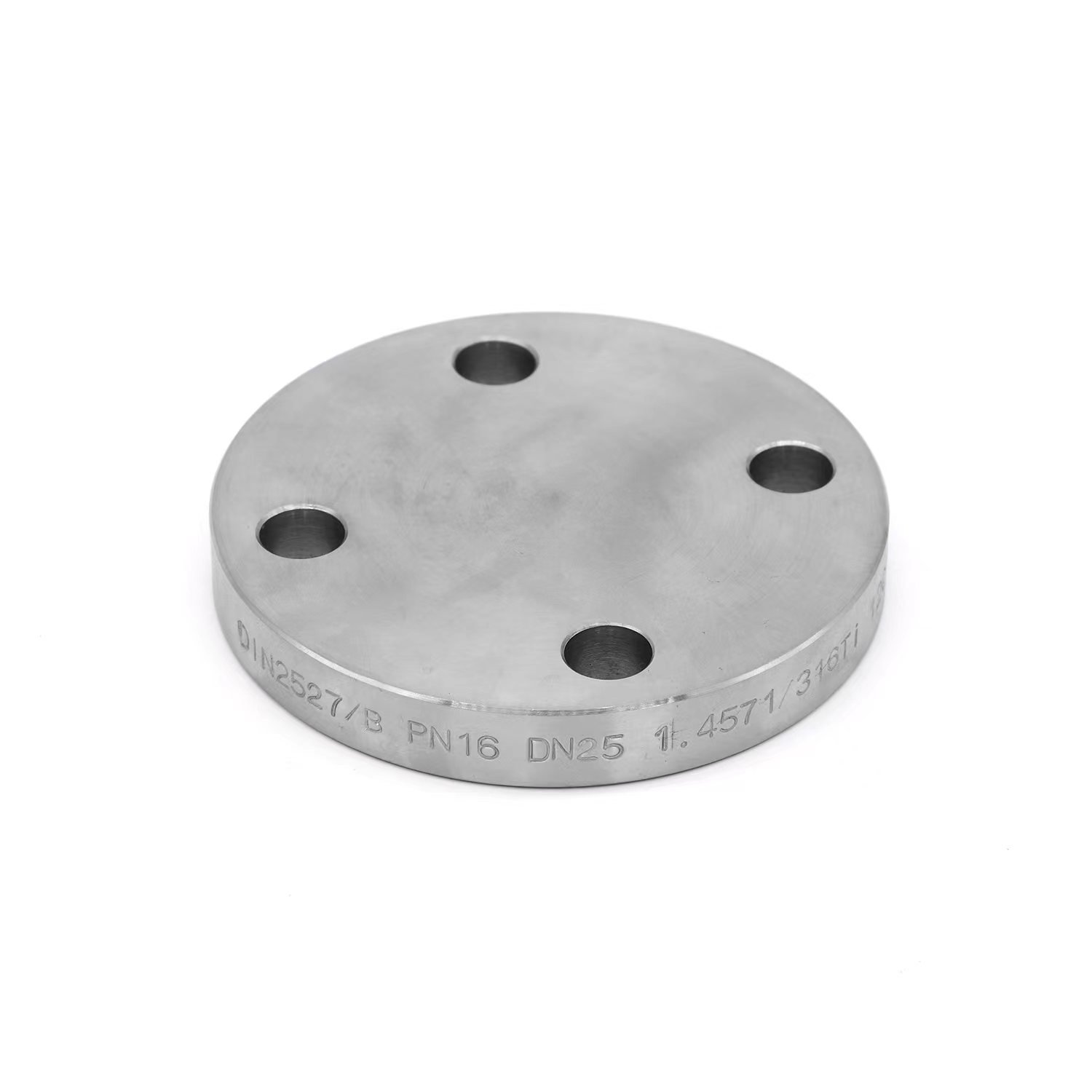
Factors to Consider
Selecting the appropriate flange for a specific application involves considering several critical factors.
Pressure Ratings
Pressure ratings are paramount when choosing a flange. Flanges must be able to withstand the maximum pressure in the system to prevent leaks and failures. Different flange types and materials have distinct pressure ratings, so it’s essential to match these ratings with the system’s requirements.
Material Compatibility
Compatibility of materials is another vital consideration. The flange material should be compatible with the substances being transported to avoid corrosion, contamination, or degradation. Common materials include stainless steel, carbon steel, and various alloys, each suitable for different environments and substances.
Size and Specifications
The dimensions and specifications of the flange, including type and diameter, must align precisely with the existing pipeline system. For a secure and effective connection, it is essential that the flange's bolt pattern, thickness, and face type (whether ring, flat, or raised) conform to the operational and design parameters of the system.
All products undergo thorough inspection prior to shipment. Qingdao fluido is proud to be certified under the international ISO9001 quality management standard, ensuring adherence to stringent quality criteria and industry norms. Upholding our belief that "trust originates from quality," we have successfully achieved ISO9001 certification along with SGS quality management registration. Moreover, our valve and flange products carry European CE certification.
Future Trends in Flange Technology
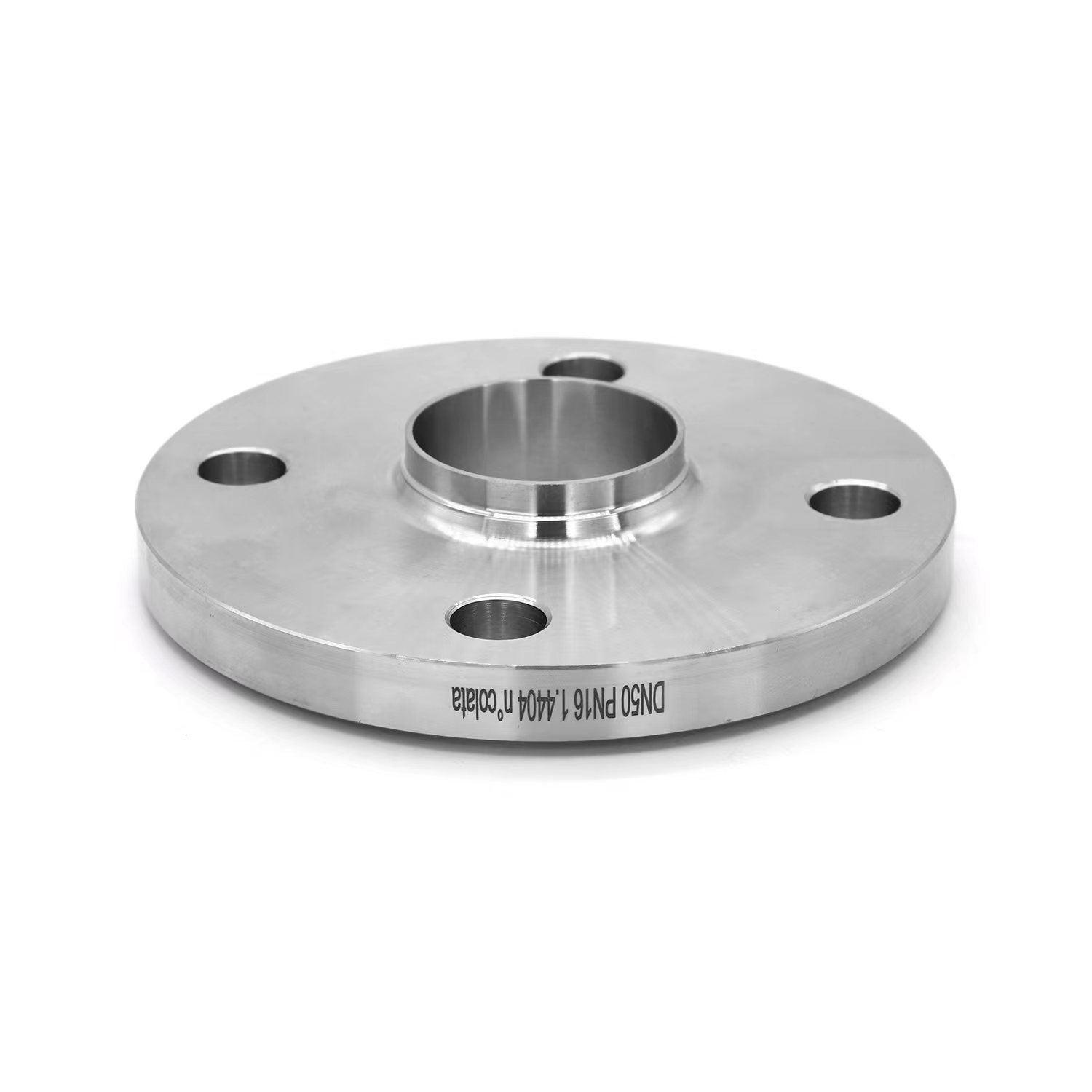
Innovations and Developments
The flange industry is continuously evolving due to advancements in design, manufacturing processes, and materials. Recent progress in composite material science has facilitated the production of stronger, lighter flanges, resulting in more cost-effective and efficient solutions. Innovations such as smart flanges integrated with sensors for real-time monitoring of temperature and pressure are enhancing system safety and reliability.
Impact on Various Industries
These advancements are anticipated to significantly influence a broad spectrum of industries, particularly in enhancing safety and operational efficiency. For instance, the integration of advanced materials within the oil and gas sector may result in pipelines that demand less maintenance while offering increased reliability. Furthermore, the implementation of smart flanges in chemical processing can deliver more precise control and monitoring, thereby optimizing processes and reducing downtime. By consistently exploring new possibilities, the incorporation of innovative technologies into flange design and manufacturing presents companies with more dependable and efficient solutions.
Export Office: 21Floor, No.5 Nanhai Zhi Road,Qingdao, Shandong ,China
Work Shop: Beian Industrial zone, Qingdao,Shandong,China
+86 532 88256399
Martin
© 2020 Qingdao Fluido Industrial Co.,Ltd. All Rights Reserved. Qingdao fluido valve

